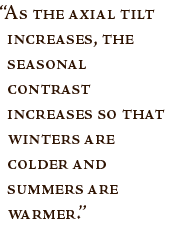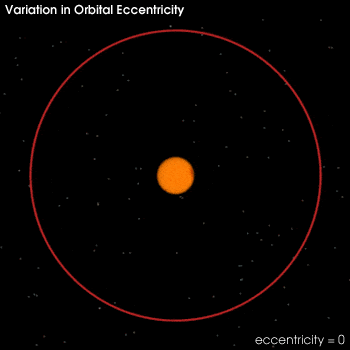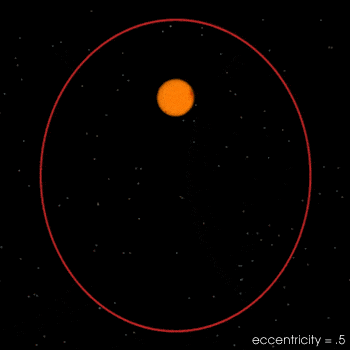Milutin Milanković (sometimes anglicised as Milankovitch; Serbian Cyrillic: Милутин Миланковић [milǔtin milǎːnkoʋitɕ]; 28 May 1879 – 12 December 1958) was a Serbian mathematician, astronomer, climatologist, geophysicist, civil engineer and popularizer of science.
Milanković gave two fundamental contributions to global science. The first contribution is the "Canon of the Earth’s Insolation", which characterizes the climates of all the planets of the Solar system. The second contribution is the explanation of Earth's long-term climate changes caused by changes in the position of the Earth in comparison to the Sun, now known as Milankovitch cycles. This explained the ice ages occurring in the geological past of the Earth, as well as the climate changes on the Earth which can be expected in the future.
He founded planetary climatology by calculating temperatures of the upper layers of the Earth's atmosphere as well as the temperature conditions on planets of the inner Solar system, Mercury, Venus, Mars, and the Moon, as well as the depth of the atmosphere of the outer planets. He demonstrated the interrelatedness of celestial mechanics and the Earth sciences and enabled a consistent transition from celestial mechanics to the Earth sciences and transformation of descriptive sciences into exact ones.
https://en.wikipedia.org/wiki/Milutin_Milanković
The Cyrillic script (/sɪˈrɪlɪk/ sə-RIL-ik) is a writing system used for various languages across Eurasiaand is used as the national script in various Slavic, Turkic, Mongolic, Uralic, Caucasian and Iranic-speaking countries in Southeastern Europe, Eastern Europe, the Caucasus, Central Asia, North Asiaand East Asia.
As of 2019, around 250 million people in Eurasia use Cyrillic as the official script for their national languages, with Russia accounting for about half of them.[4] With the accession of Bulgaria to the European Union on 1 January 2007, Cyrillic became the third official script of the European Union, following the Latin and Greek alphabets.[5]
https://en.wikipedia.org/wiki/Cyrillic_script
Orbital Variations
Obliquity (change in axial tilt) |  On the Shoulders of Giants Left: The eccentricity of the Earth's orbit changes slowly over time from nearly zero to 0.07. As the orbit gets more eccentric (oval) the difference between the distance from the Sun to the Earth at perihelion (closest approach) and aphelion (furthest away) becomes greater and greater. Note that the Sun is not at the center of the Earth's orbital ellipse, rather it is at one of focal points. Note: The eccentricty of the orbit shown in the lower image is a highly exaggerated 0.5. Even the maximum eccentricity of the Earth's orbit—0.07—it would be impossible to show at the resolution of a web page. Even so, at the current eccentricity of .017, the Earth is 5 million kilometers closer to Sun at perihelion than at aphelion. (Images by Robert Simmon, NASA GSFC) | ||


No comments:
Post a Comment